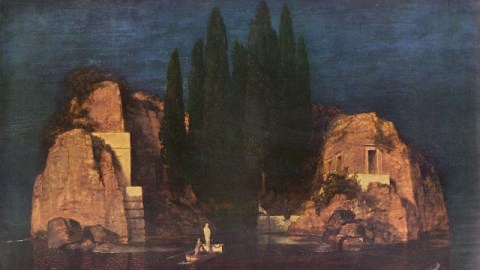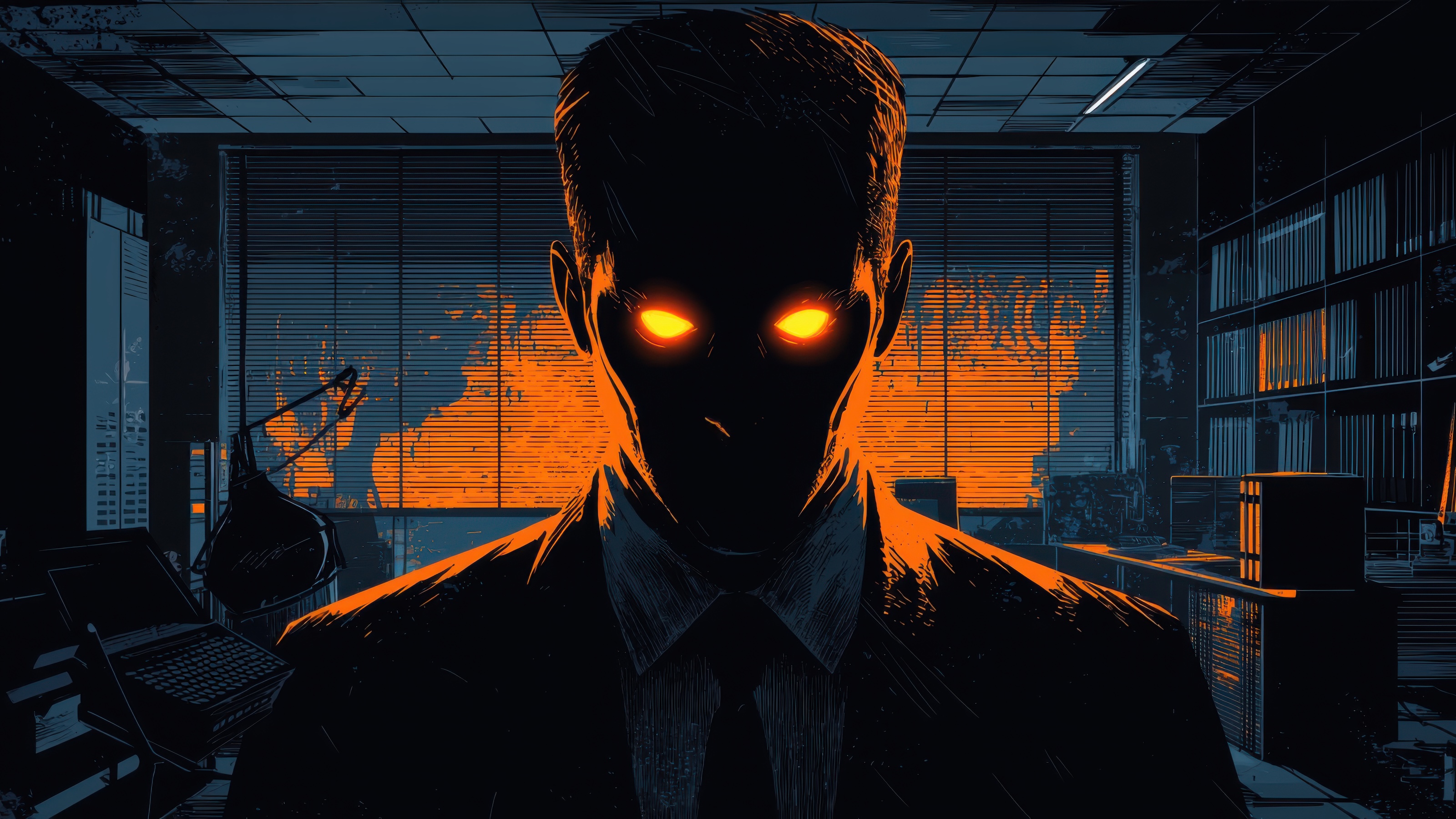Is This the Scariest Painting Ever?

What sends chills and thrills up your spine just by looking at it on a museum wall? Fright, like beauty, is in the eye of the beholder, of course, but I think I’ve come up with a pretty good contender for the scariest painting of them all.
Fear comes in all kinds of flavors. Seen from a “twentieth-century as the bloodiest century of them all” perspective, perhaps Picasso’s Guernica, the Spanish painter’s chaotic, nightmarish memorial to the town of Guernica, which was bombed by the Nazis at the request of Spanish Nationalist forces during the Spanish Civil War, wins the title. Look just a generation earlier, and maybe Otto Dix’s prints depicting scenes from World War I will keep you up at night. Turn back the clock a century, and Goya’s Disasters of War and its cataloging of the toll of war on innocent civilians will burn itself in your memory.
Seen from a psychological perspective, Goya remains in the running with his Black Paintings, the suite of nightmarish works the aging, misanthropic, deaf genius spread on the walls of his final home. Saturn Devouring His Son alone will make you slide under the covers. Henry Fuseli’s The Nightmare comes from this same Romantic generation, but lacks the bleakness of Goya’s greatest nightmares.
My candidate for the scariest painting ever belongs more to the psychological group, but strikes a more haunting, Hitchcock-ian note. Arnold Böcklin’s 1880 painting Isle of the Dead (shown above; click to enlarge) stopped me dead in my tracks the first time I saw it at The Metropolitan Museum of Art in New York. Böcklin’s work (the second of three versions he painted, between one now in Switzerland and another destroyed during World War II) actually inspired a horror movie—Val Lewton‘s 1945 film Isle of the Dead, starring horror icon Boris Karloff. Lewton actually placed a copy of the painting in the background of an earlier film—the 1943 I Walked with a Zombie—but in Isle of the Dead made the painting part of the title credits.
Lewton’s family owned a replica of the painting that captured his imagination as a child. The image of the shrouded woman in the rowboat bringing a coffin to an island covered in what appear to be tombs became in Lewton’s film the germ of a story in which inhabitants of a Greek island during the First Balkan War of 1912 and 1913 die of a plague—or, perhaps, at the hands of a female vorvolakas, a kind of Greek vampire.
I watched the film again recently on Turner Classic Movies as part of their Lewton retrospective for the Halloween season and found myself jumping at things going bump in the darkness outside. It made me appreciate just how powerful the original painting was, and still is. If the measure of great art is how long and how deeply it sticks in your consciousness, Böcklin’s Isle of the Dead will live longer than the undead.
[Image:Arnold Böcklin. Isle of the Dead, 1880. The Metropolitan Museum of Art, New York, NY. (Image source.)]





